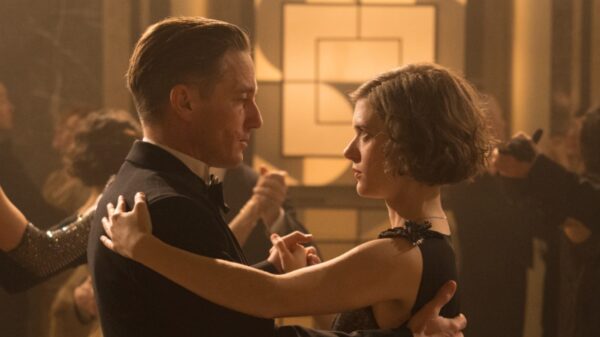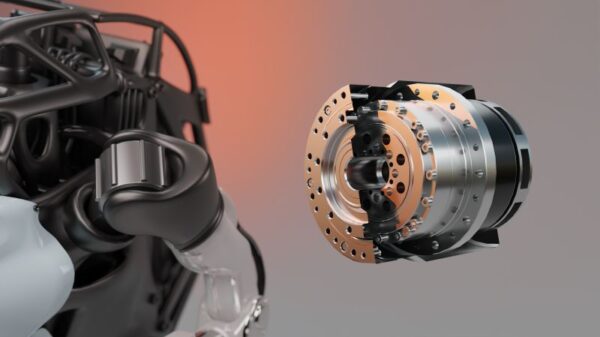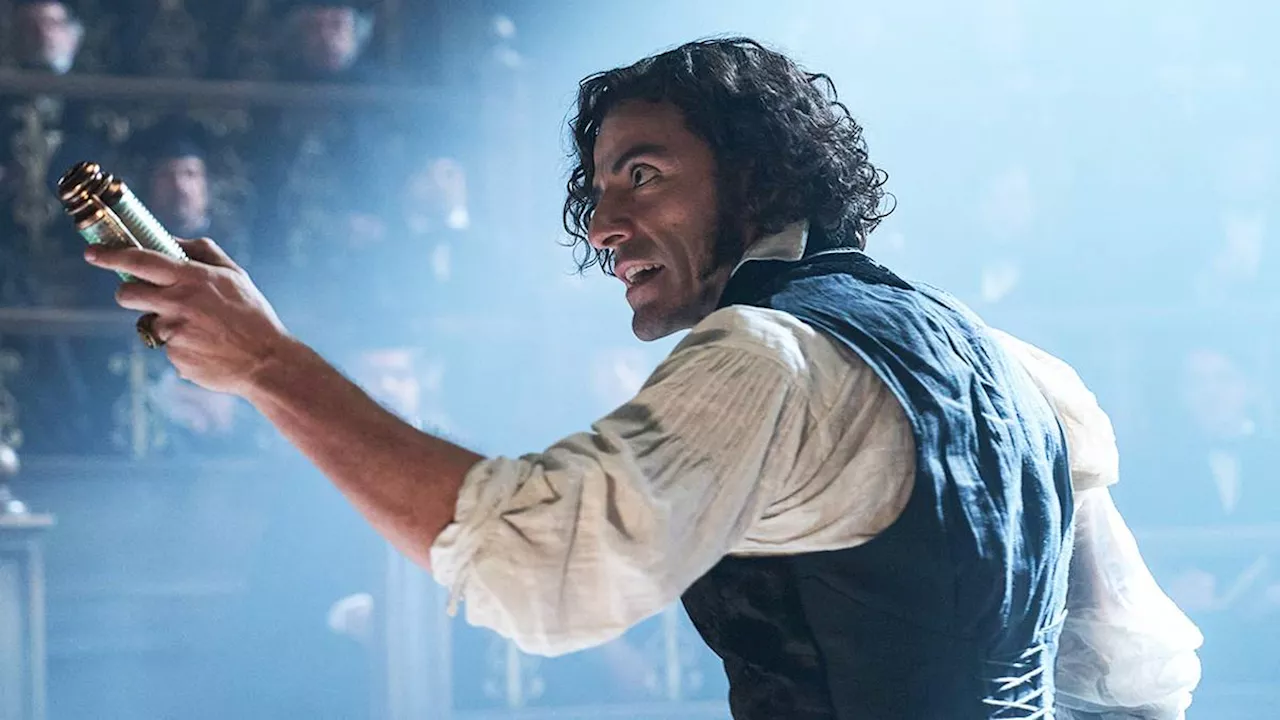Guillermo del Toro’s adaptation of *Frankenstein*, released by Netflix in early November 2025, offers a fresh take on Mary Shelley’s iconic novel. This Gothic horror film, while deeply respectful of its source material, diverges significantly in various aspects, reshaping characters and themes for modern audiences. As viewers prepare to explore this new interpretation, it is essential to understand how del Toro’s vision transforms the narrative, focusing on the complexities of father-son relationships and the consequences of playing God.
Exploring Victor’s Tragic Backstory
In Shelley’s original work, Victor Frankenstein’s home life is depicted as supportive and nurturing, particularly through the character of his father, Alphonse Frankenstein. Alphonse embodies integrity and care, marrying Caroline Beaufort to protect her from poverty and raising Victor alongside his brothers, Ernest and William. This portrayal starkly contrasts with del Toro’s representation of Leopold Frankenstein, played by Charles Dance. In the film, Leopold’s harsh treatment of Victor contributes to a narrative where Victor ultimately becomes a poor father figure to the Creature. This thematic shift highlights the “sins of the father” and suggests that the cycle of abuse perpetuates further tragedy.
Shifting Historical Context
Another notable alteration is the film’s setting during the Crimean War, specifically in 1855. While the novel unfolds in the early 19th century, del Toro’s choice to anchor the story within this historical conflict allows Victor greater access to bodies for his experiments, enhancing the narrative’s dark undertones. This timeline shift also aligns the film with the Victorian era, a period ripe with societal anxieties and aesthetic qualities that del Toro seems eager to explore.
Del Toro introduces a character named Henrich Harlander, a war profiteer who becomes Victor’s benefactor. Unlike Shelley’s narrative, where Victor works largely in isolation, Harlander provides both financial and moral support for Victor’s ambitions. This character adds a new layer to the story, suggesting societal complicity in Victor’s actions.
Significant Character Omissions
Del Toro’s film omits several characters crucial to the original story. The absence of Justine, Victor’s family’s servant wrongfully accused of murder, removes a significant moral dilemma from the narrative. In the novel, Justine’s execution serves as a poignant commentary on the consequences of Victor’s hubris and his failure to take responsibility for his creation. Other missing characters include Victor’s friend Henry Clerval and his youngest brother, Ernest, resulting in a different familial dynamic that alters the emotional stakes of the story.
The Creature’s Development
The depiction of the Creature also sees a marked transformation in del Toro’s adaptation. While Shelley’s Monster is often portrayed as a terrifying figure, del Toro emphasizes his humanity. The film showcases moments of nurturing and teaching, contrasting with the book’s portrayal of Victor abandoning his creation in fear. This sympathetic portrayal is further developed through the Creature’s interactions with the De Lacey family, where the blind patriarch treats him with kindness, only to face a tragic fate in the film as he is killed by wolves. This change magnifies the Creature’s grief and fuels his anger towards Victor.
Redefining Elizabeth’s Role
The character of Elizabeth undergoes considerable modification in the film. Unlike the novel, where Elizabeth is depicted as a supportive partner, in del Toro’s version, she is not Victor’s cousin and is instead the niece of Harlander. Their differing worldviews—Victor’s obsession with the dead and Elizabeth’s fascination with the living—create a chasm in their relationship that ultimately leads to tragedy. This reinterpretation shifts the focus from their mutual support to a more complex and incompatible dynamic.
Omitting the Bride
Del Toro’s take also diverges from Shelley’s narrative by excluding the creation of a female companion for the Creature. In the novel, Victor initially agrees to create a “Bride,” but later destroys her, escalating the conflict between creator and creation. The film, however, allows Elizabeth to take on some characteristics of this absent figure, complicating the Creature’s motivations and desires.
Emphasizing Creation Over Consequences
The film prioritizes the process of creation, spending considerable time on Victor’s preparations and struggles. This focus contrasts with Shelley’s narrative, which delves deeper into the fallout of the Creature’s existence. Del Toro’s version accelerates the timeline of creation, placing greater emphasis on Victor’s obsessive pursuits and the ethical implications of his actions.
Forgiveness and Reconciliation
Arguably, the most significant departure occurs at the story’s conclusion. In del Toro’s interpretation, Victor seeks forgiveness from the Creature, embracing him as a son. This moment of reconciliation stands in stark contrast to the novel’s ending, where Victor remains consumed by revenge, dying with his hatred intact. By allowing Victor a moment of clarity and compassion, del Toro redefines their relationship, offering a more hopeful resolution.
Guillermo del Toro’s *Frankenstein* challenges audiences to reconsider the core themes of Shelley’s original tale. By transforming key characters and reimagining pivotal moments, the director creates a narrative that resonates with contemporary issues while honoring the timeless essence of the story. This adaptation not only pays homage to Mary Shelley but also reinvents her vision for a new generation.






































































